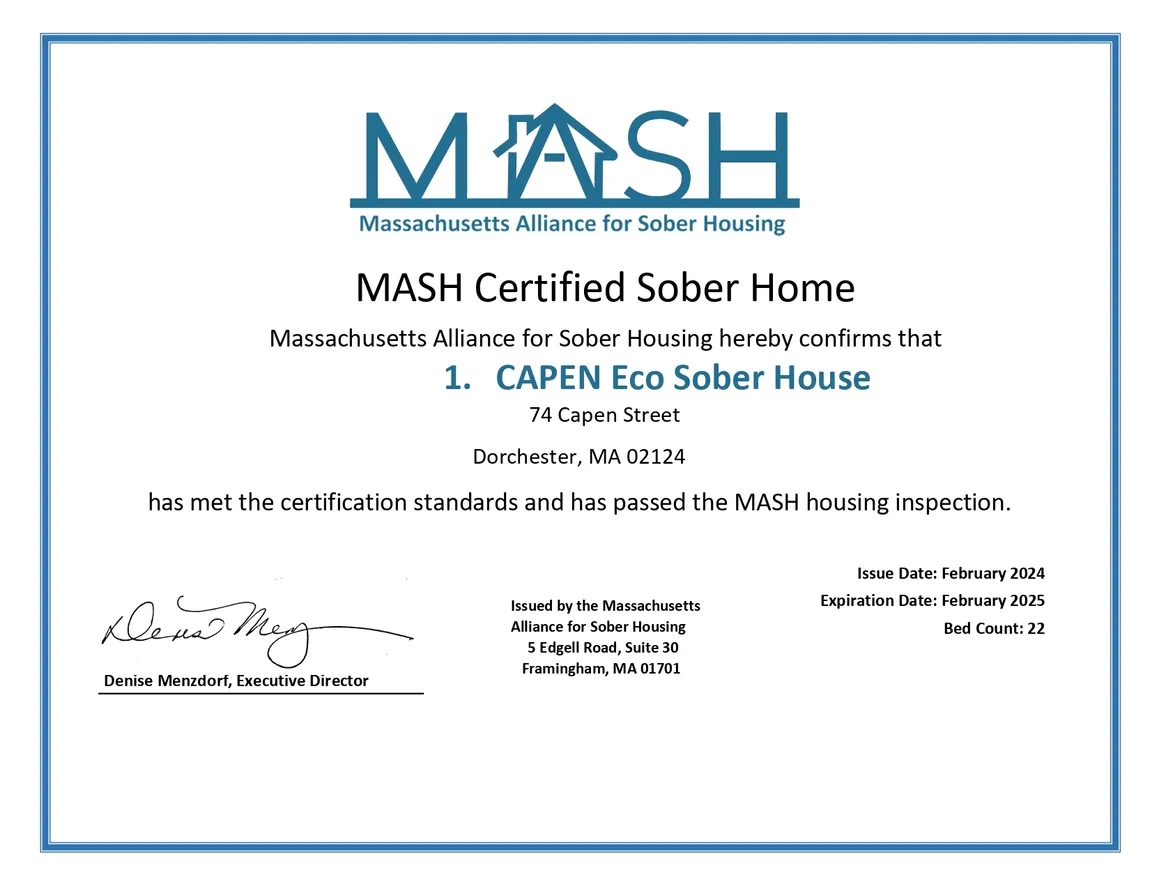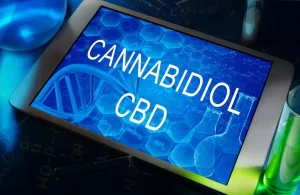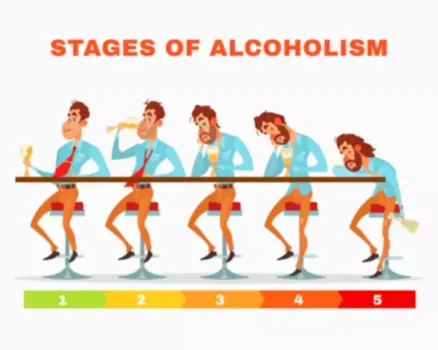The role of attributions in abstinence, lapse, and relapse following substance abuse treatment

One study, in which substance-abusing individuals were randomly assigned to RP or twelve-step (TS) treatments, found that RP participants showed increased self-efficacy, which accounted for unique variance in outcomes [69]. Further, there was strong support that increases in self-efficacy following drink-refusal skills training was the primary mechanism of change. In another study examining the behavioral intervention arm of the COMBINE study [128], individuals who received a skills training module focused on coping with craving and urges had significantly better drinking outcomes via decreases in negative mood and craving that occurred after receiving the module.
Step One in the Cycle of Addiction: Experimentation
Dr Neighbors has authored more than 120 peer-reviewed scholarly publications, the majority of which have focused on addictive behaviors among young adults. For example, overeaters may have an AVE when they express to themselves, “one slice of cheesecake is a lapse, so I may as well go all-out, and have the rest of the cheesecake.” That is, since they have violated the rule of abstinence, they “may as well” get the most out of the lapse. Treatment in this component involves describing the AVE, and working with the client to learn alternative coping skills for when a lapse occurs, such that a relapse is prevented.

What Are the Stages of the Addiction Cycle?
- Phasic responses include cognitive and affective processes that can fluctuate across time and contexts–such as urges/cravings, mood, or transient changes in outcome expectancies, self-efficacy, or motivation.
- For example, in AUD treatment, individuals with both goal choices demonstrate significant improvements in drinking-related outcomes (e.g., lower percent drinking days, fewer heavy drinking days), alcohol-related problems, and psychosocial functioning (Dunn & Strain, 2013).
- Such a maneuver has face validity with the clinical treatment situation and may serve to enhance the translational relevance of preclinical animal tests for medications to treat substance use disorders [see References 12, 17, and 39 for a critical discussion of the validity of this approach].
- As the landscape of addiction treatment evolves, integrating holistic approaches and expanding access to care remain priorities.
Efforts to evaluate the validity [119] and predictive validity [120] of the taxonomy failed to generate supportive data. It was noted that in focusing on Marlatt’s relapse taxonomy the RREP did not comprehensive abstinence violation effect evaluation of the full RP model [121]. Nevertheless, these studies were useful in identifying limitations and qualifications of the RP taxonomy and generated valuable suggestions [121].
- Recent reviews provide a convincing rationale for the putative role of implicit processes in addictive behaviors and relapse [54,56,57].
- Similarly, the α1 antagonist doxazosin reduced cocaine use and improved abstinence outcomes in treatment-seeking individuals with cocaine use disorder (205), and some evidence also shows improved outcomes in those with comorbid PTSD and AUD (206).
- Moreover, these people often have positive expectations regarding the effects of alcohol (i.e., outcome expectancies).
- However, specifically how these processes are engaged during stress, trauma, and adversity and the psychobiological stress responses that may drive addiction need further explication to identify the best ways to target them for addiction prevention, treatment, and recovery.
- Rather than being overwhelmed by the wave, the goal is to “surf” its crest, attending to thoughts and sensations as the urge peaks and subsides.
4. Current status of nonabstinence SUD treatment

In a prospective study among both men and women being treated for alcohol dependence using the Situational Confidence Questionnaire, higher self-efficacy scores were correlated to a longer interval for relapse to alcohol use8. The relationship between self-efficacy and relapse is possibly bidirectional, meaning that individuals who are more successful report greater self-efficacy and individuals who have lapsed report lower self-efficacy4. Chronic stressors may also overlap between self-efficacy and other areas of intrapersonal determinants, like emotional states, by presenting more adaptational strain on the treatment-seeking client4. Although withdrawal is usually viewed as a physiological process, recent theory emphasizes the importance of behavioral withdrawal processes [66]. Current theory and research indicate that physiological components of drug withdrawal may be motivationally inert, with the core motivational constituent of withdrawal being negative affect [25,66].
Relapse prevention for sexual offenders: considerations for the “abstinence violation effect”
Although there is some debate about the best definitions of lapse and relapse from theoretical and conceptual levels, these definitions should suffice. In sum, research suggests that achieving and sustaining moderate substance use after treatment is feasible for between one-quarter to one-half of individuals with AUD when defining moderation as nonhazardous drinking. While there is evidence that a subset of individuals who use drugs engage in low-frequency, non-dependent drug use, there is insufficient research on this population to determine the proportion for whom moderation is a feasible treatment goal.
- ACh, acetylcholine; DA, dopamine; Epi, epinephrine; GC, glucocorticoid; HYP, hypothalamus; NE, norepinephrine; PFC, prefrontal cortex.
- The primary goal of MAT is to stabilize patients, reduce withdrawal symptoms, and curb cravings, which can significantly improve recovery outcomes and reduce the risk of relapse.
- It has also been used to advocate for managed alcohol and housing first programs, which represent a harm reduction approach to high-risk drinking among people with severe AUD (Collins et al., 2012; Ivsins et al., 2019).
- For the reinstatement model of relapse just described, drug abstinence (withdrawal) begins with the extinction phase.
- While there is evidence that a subset of individuals who use drugs engage in low-frequency, non-dependent drug use, there is insufficient research on this population to determine the proportion for whom moderation is a feasible treatment goal.
- This suggests that treatment experiences and therapist input can influence participant goals over time, and there is value in engaging patients with non-abstinence goals in treatment.
Empirical findings relevant to the RP model

RP Intervention Strategies
- Moreover, our use of an objective measure of drug use/abstinence, rather than self-reports, at least addressed the concern over common methods variance.
- Unfortunately, there has been little empirical research evaluating this approach among individuals with DUD; evidence of effectiveness comes primarily from observational research.
- Conversely, people with ineffective coping responses will experience decreased self-efficacy, which, together with the expectation that alcohol use will have a positive effect (i.e., positive outcome expectancies), can result in an initial lapse.
- There is less research examining the extent to which moderation/controlled use goals are feasible for individuals with DUDs.
- At The Recovery Village Rehab Centers, we take the extra steps to treat your addiction or mental health needs by offering a full continuum of care.
- Thus, clients are taught to reframe their perception of lapses—to view them not as failures or indicators of a lack of willpower but as mistakes or errors in learning that signal the need for increased planning to cope more effectively in similar situations in the future.
Global Lifestyle Self-Control Strategies
